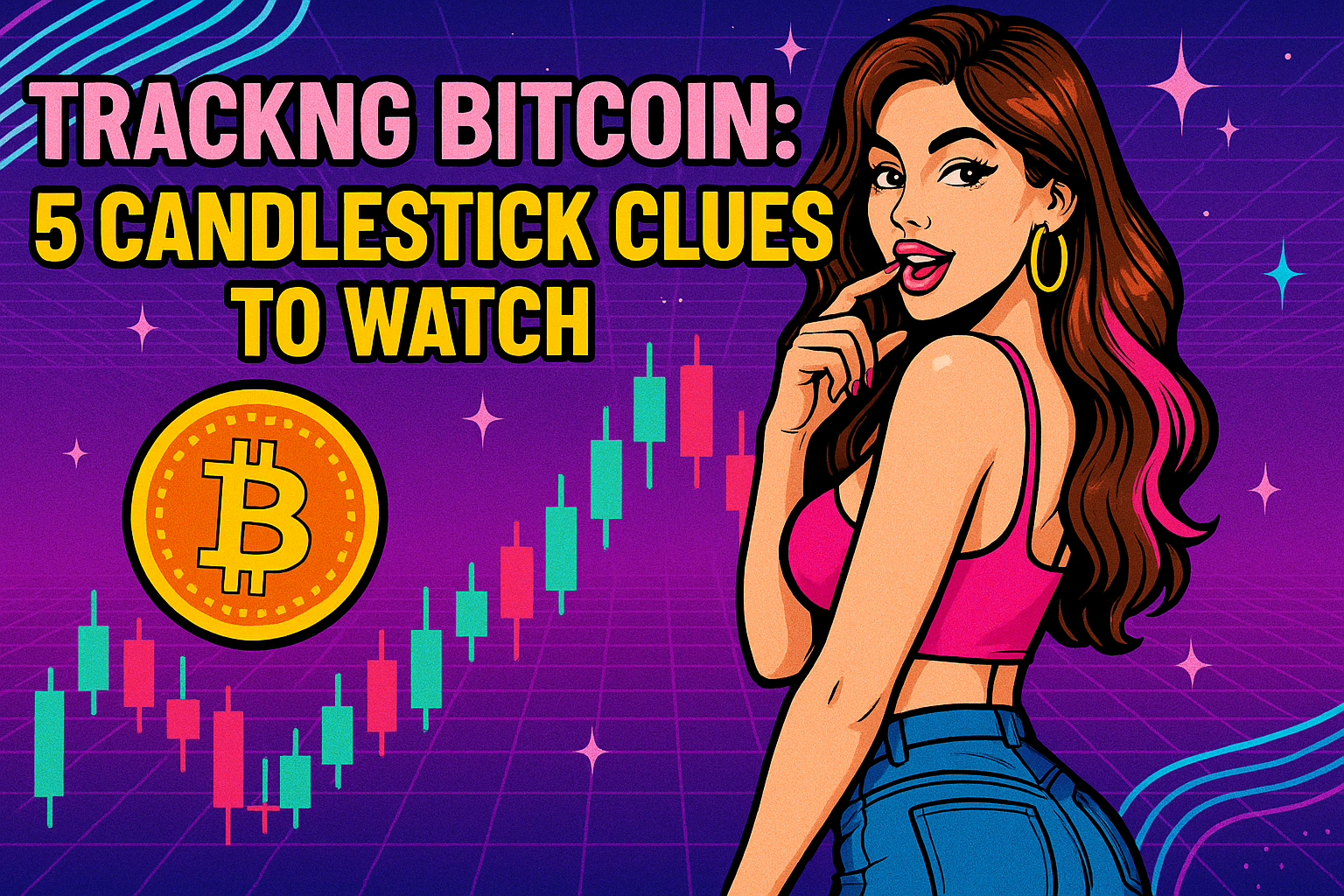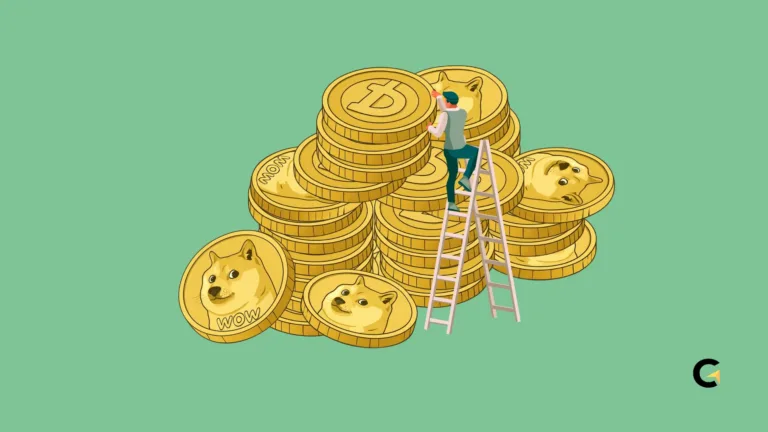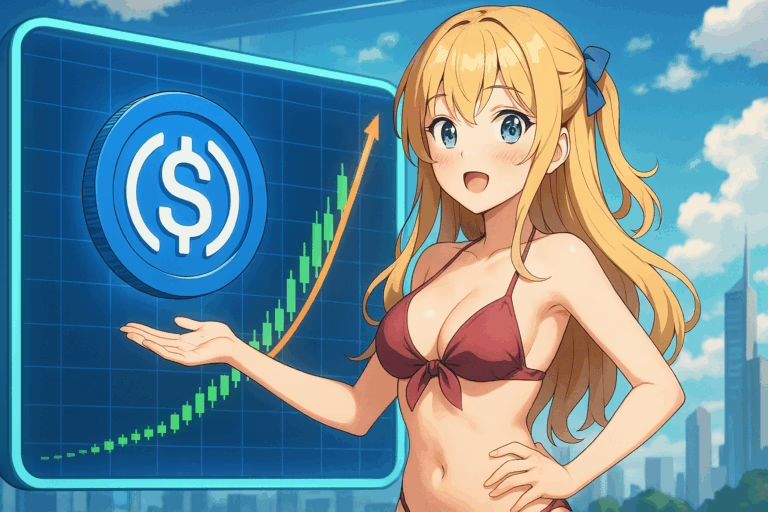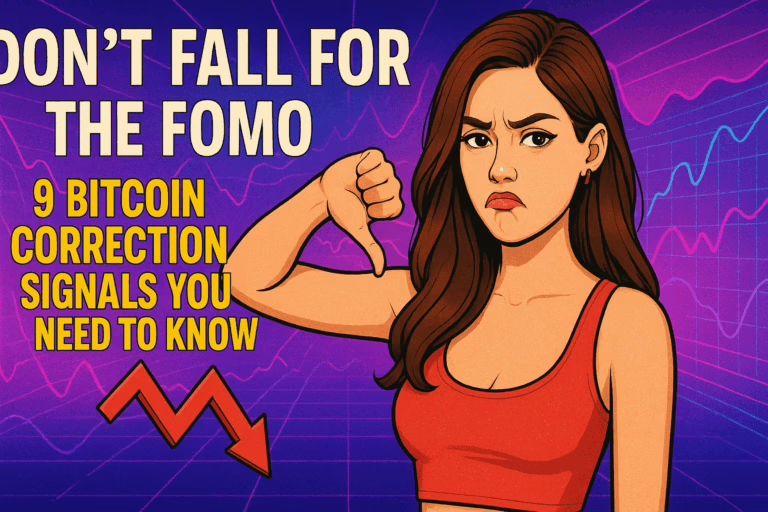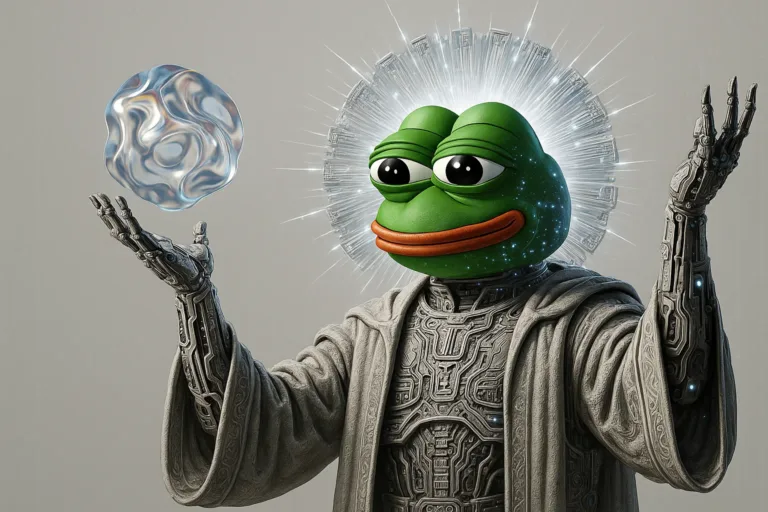Tracking Bitcoin: 5 Candlestick Clues to Watch
Candlestick charts aren’t just colorful sticks and wicks on a graph. Behind those tiny bodies and dramatic shadows lie signals that could seriously level up your trading game.
Especially if you’re diving into the crypto world—where Bitcoin’s price can swing wildly like a rollercoaster on turbo mode—candlesticks act like the “body language” of the market.
If you can read these patterns, it’s like understanding when the market’s anxious, hyped, or just plain exhausted.
And in this guide, we’re breaking down five of the most iconic candlestick patterns that every crypto trader (especially Bitcoin ones) needs to recognize.
We’re not just naming them—we’re diving deep into their meaning, why they matter, and when to trust them.
Principal Conclusions
Hide-
Hammer: Potential bullish reversal after a downtrend
-
Shooting Star: Bearish signal at the top of an uptrend
-
Doji: Market indecision—could flip or continue
-
Engulfing: Strong reversal signal (bullish or bearish)
-
Spinning Top: Unclear direction, confirmation needed
Let’s decode the market’s mood, one pattern at a time.
1. Hammer – The Comeback Kid
What it looks like:
-
Tiny body at the top
-
Super long lower shadow
-
Shows up after a downtrend
Why it matters:
The hammer signals that selling pressure is fading out. That long lower wick? It shows that sellers tried to push prices down—but buyers fought back and closed it higher.
It’s basically the last punch thrown by sellers before the bulls step in with confidence.
How to use it:
When a hammer shows up after a long downtrend, don’t instantly hit that buy button. Be patient and wait for confirmation—a green candle next with higher volume is a solid sign.
Also, remember: hammers don’t always flip the market overnight. Sometimes, they’re just the beginning of a sideways phase before a full-on reversal.
2. Shooting Star – The Burnout Signal
What it looks like:
-
Small body at the bottom
-
Long upper shadow stretching up
-
Appears after an uptrend
Why it matters:
A Shooting Star screams that buyers were super hyped… for a moment. The price was pushed way up, but it couldn’t hold—sellers came in strong and dragged it back down. It’s a red flag that the buying energy might be running out.
How to read it:
Don’t panic sell just yet. Look for confirmation. If the next candle closes below the Shooting Star’s low, then it’s a stronger bearish sign.
And keep in mind: the context matters. A Shooting Star in the middle of a sideways market doesn’t mean much.
3. Doji – Market Mood: Confused
What it looks like:
-
Opening and closing prices are almost the same (tiny or no body)
-
Shadows can be long on both sides
What it means:
A Doji means the market can’t make up its mind. Buyers and sellers are pulling in opposite directions, but nobody’s winning (yet).
It could signal that a trend is about to shift—or that it just needs a break before continuing. Either way, it’s a “pause” button.
How to trade it:
Doji patterns get more meaningful after a strong trend. For example, after a big bullish run, a Doji might suggest that buyers are losing steam.
But again—don’t act until you see what the next candle does. The market could go either way after a Doji, so you’ve gotta stay sharp.
4. Engulfing – The “That’s Enough” Pattern
Two types:
-
Bullish Engulfing: Big green candle swallows the previous red one.
-
Bearish Engulfing: Big red candle swallows the previous green one.
What it means:
Engulfing patterns are bold. They basically say, “Nah, forget that last move—we’re flipping the script.” A bullish engulfing at the end of a downtrend is a strong signal that buyers are taking charge.
Meanwhile, a bearish engulfing at the top of an uptrend might be a warning that sellers are about to hit back.
What to watch:
Size and position are everything here. The bigger the engulfing candle, the stronger the signal. Volume matters too—more volume means more market participants are backing the move.
5. Spinning Top – Tug of War Vibes
What it looks like:
-
Small body
-
Long upper and lower shadows
What it means:
A Spinning Top shows the market is in full debate mode. Buyers and sellers are throwing punches, but nobody’s winning decisively.
It’s the ultimate indecision candle. These often pop up when the market’s searching for a new direction—either after a rally or a dip.
How to use it:
Alone, a Spinning Top is a weak signal. But if it shows up at the extreme highs or lows, it might mean something big is brewing.
Wait for the next candle to point the way. If it breaks clearly up or down, then you’ve got a better sense of where the market’s heading.
Quick Recap
| Pattern | Visual Clue | Main Signal |
|---|---|---|
| Hammer | Small body on top, long lower wick | Bullish reversal (potential uptrend) |
| Shooting Star | Small body on bottom, long upper wick | Bearish reversal (trend topping) |
| Doji | Tiny body, long shadows both ways | Market indecision |
| Bullish Engulfing | Big green candle eats red one | Trend turning bullish |
| Bearish Engulfing | Big red candle eats green one | Trend turning bearish |
| Spinning Top | Small body, long wicks both ends | Uncertainty, needs confirmation |
Final Thoughts: Don’t Marry a Pattern
Learning candlestick patterns is a must—but don’t become blindly loyal to one. Think of them as tools, not fortune tellers.
For better decision-making, always pair these with other technical indicators like RSI, volume, or moving averages.
And never underestimate the power of proper risk management. Always be ready with a backup plan if the market zigs when you expected a zag.
And hey—don’t just take these at face value. Test them. Dive into historical charts and see how these patterns played out in real market conditions. The more you practice, the sharper your instincts get.
Market sentiment moves fast. But with candlestick patterns in your trading toolbox, you’re already a few steps ahead—more strategic, more confident, and way more in control.
Frequently Asked Questions (FAQs)
What’s the difference between a Hammer and a Hanging Man?
Both look alike, but context matters. A Hammer appears at the bottom of a downtrend and signals a bullish reversal. A Hanging Man shows up after an uptrend and warns of a bearish reversal.
How do I confirm a Shooting Star pattern?
Look for the next candle to close below the Shooting Star’s low—preferably with increased volume. That’s your green light (ironically, for a red flag).
Does a Doji always mean reversal?
Nope. A Doji shows indecision. It could signal a trend change or a pause. Wait for follow-up candles to confirm.
When’s the best time to use the Engulfing pattern?
Use it near the end of a trend. Bullish Engulfing is great after a short-term downtrend, and Bearish Engulfing works best after a run-up. But always look for confirmation.
Can I rely on the Spinning Top alone?
Not really. It’s too neutral by itself. Use it with indicators like RSI or volume to get the full picture.

